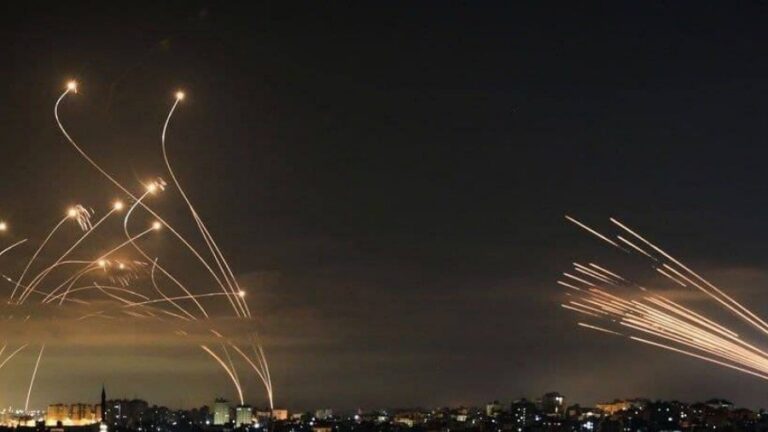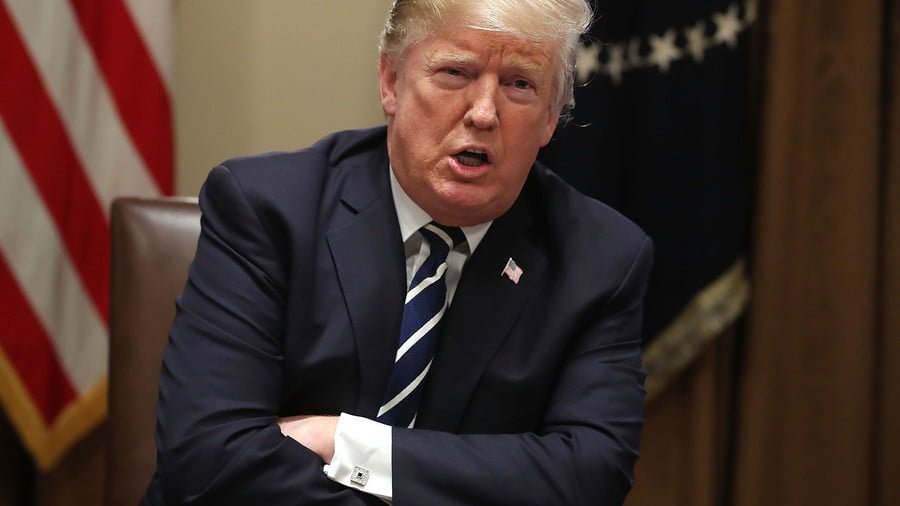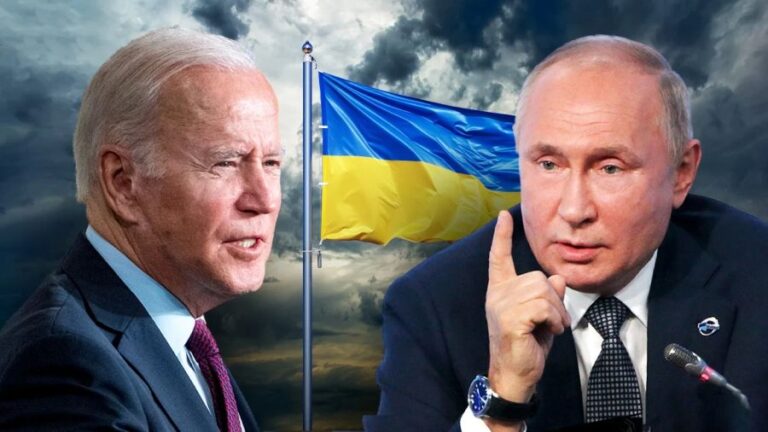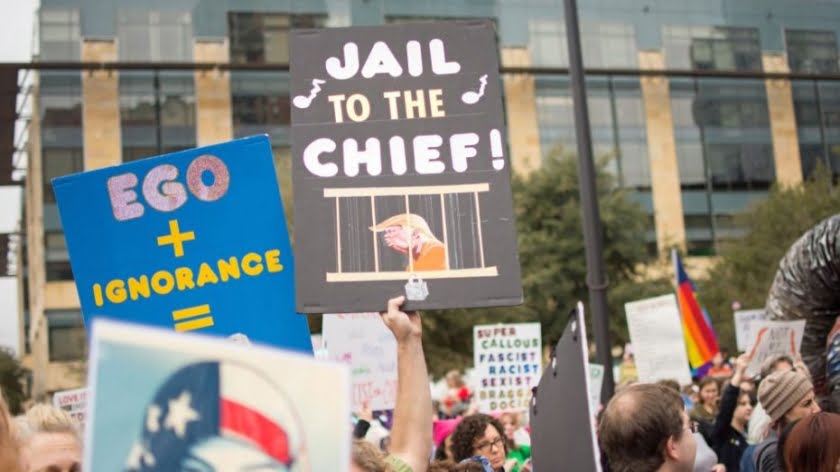A New Wall for a New Cold War?
The head of the prestigious Munich Security Conference warned late last month against efforts to “build a new ‘wall’ between Russia and the West” in light of the Navalny incident and the many other disagreements between both sides, and while it’s unrealistic to expect another Berlin Wall-like physical division of Europe, there’s no denying that their different governing models have created a sharp split across the continent.
Welcome To The New Cold War
Last month will probably go down in history as the moment when the New Cold War became impossible to deny. The US has been attempting to rekindle its fading unipolarity since the onset of its coordinated Hybrid War “containment” campaigns against Russia and China in 2014, which only intensified in the aftermath of Trump’s election. The leaders of all three countries addressed the UN General Assembly (UNGA) by video in a series of speeches that laid bare these two sides’ contradictory assessments of contemporary global affairs and related visions of the future. Their keynote speeches were preceded by UN Secretary General Guterres warning the world that “We must do everything to avoid a New Cold War.” Trump obviously didn’t listen to him, which is why the head of the prestigious Munich Security Conference (MSC) followed up that global representative’s warning with his own at the end of that historic week cautioning that “It will result in nothing if we now try to build a new ‘wall’ between Russia and the West because of Navalny and other sad and terrible events.” It’s his dramatic words that form the basis of the present article.
The US’ Hybrid War On Russia
There are many angles through which the ongoing global competition can be analyzed, but the prospect of a new wall of some sort or another accompanying the New Cold War in Europe is among the most intriguing. The MSC head presumably isn’t implying the creation of a 21st-century Berlin Wall, but seems to be speaking more generally about his fear that the growing divisions between Russia and the West will soon become irreversible and potentially even formalized as the new status quo. The author wrote last month that “The US’ Hybrid War On Russian Energy Targets Germany, Belarus, And Bulgaria”, pointing out how even the partial success of this latest “containment” campaign will greatly advance the scenario of an externally provoked “decoupling” between Russia and the West. That would in turn help secure American grand strategic interests in the continent. This “decoupling” would reverse the progress that was made in bilateral relations since the end of the Old Cold War up until the Ukrainian Crisis. Taken to its maximum extent, the spiritual return of the Berlin Wall seems almost inevitable at this point.
Governing Differences
It’s true that the border between the NATO countries and Russia’s CSTO (which importantly includes Hybrid War-targeted Belarus) represents the modern-day military equivalent of the “Iron Curtain”, but the situation isn’t as simple as that. While military divisions remain (albeit pushed much further eastward over the past three decades), ideological and economic ones are less apparent. Russia no long ascribes to communism but follows its own national variant of democracy within a mostly capitalist system, thus reducing the structural differences between itself and its Western counterparts. Unaware observers might wonder why there’s even a New Cold War to begin with when considering how much both sides have in common with one another, but that overlooks their contradictory worldviews which lie at the heart of their mutual suspicions. Russia strongly believes in safeguarding its geopolitical and domestic socio-political sovereignty so it accordingly follows a more conservative path whereas Western countries mostly submit to the US’ authority and generally regard their liberal position on many social issues as universalist.
The End Of The “Great Convergence”
The reason why the thaw in Russian-Western relations failed to achieve the “Great Convergence” that Gorbachev originally hoped for was because the US wanted to impose its will onto Russia by treating it as just another vassal state that would be forced to follow its lead abroad and accept extreme liberal social mandates at home instead of respecting it as an equal partner. Nevertheless, this policy was actually surprisingly successful all throughout the 1990s under Yeltsin, but its fatal flaw was that it went much too far too quickly by attempting to dissolve the Russian Federation through American support for Chechen separatist-terrorist groups. That inadvertently provoked a very patriotic reaction from the responsible members of Russia’s military, intelligence, and diplomatic bureaucracies (“deep state”) who worked together to ensure their motherland’s survival in the face of this existential crisis. The end result was that Putin succeeded Yeltsin and subsequently set about to systematically save Russia. This took the form of stabilizing the security situation at home in parallel with reasserting Russia on the world stage.
The “Russian Model”
Putin, though, was always a liberal in the traditional (not post-modern) sense. He never lost his appreciation for Western civilization and sincerely wanted to complete Gorbachev’s hoped-for “Great Convergence”, though only on equal terms and not as a US vassal. Regrettably, the Russian leader’s many olive branches were slapped away by an angry America which feared the influence that a powerful “moderately liberal” state could have on its hyper-liberal subjects. All of Putin’s efforts to take the “Great Convergence” to its next logical step of a “Europe from Lisbon to Vladivostok” failed for this reason, after which an intense information warfare campaign was waged to portray Russia was a “radical right-wing state” even though it was never anything of the sort. This modus operandi was intended to prevent Europe’s indoctrinated masses from ever countenancing whether a “moderate” alternative exists whereby they’d preserve their domestic and international sovereignty despite remaining committed to traditional liberal values, just like the “Russian model” that Putin pioneered. Understandably, this would pose a serious threat to American strategic interests, hence the campaign against it.
The Rise Of America’s Russian Rival
As time went on, the “Russian model” was partially replicated in some of the countries of Central Europe such as Poland and even within the US itself through Trump’s election, though this wasn’t due to any so-called “Russian meddling” but was a natural result of the ideological interplay between radical and “moderate” liberals. It just so happened that Russia was the first country to implement this model not because of anything uniquely “Russian” within its society, but simply as the most pragmatic survival plan considering the extremely difficult circumstances of the 1990s and attendant limits on the country’s strategic maneuverability during that time. It was considered by the patriotic members of Russia’s “deep state” to be much too risky to reverse the direction of post-Soviet reforms, hence why the decision seems to have been made to continue with them, though doing all in the country’s power to regain control over these processes from Russia’s Western overlords in order to protect national geopolitical and domestic socio-political interests. This struggle led to Russia becoming an alternative pole of influence (in the governance sense) within the “Greater West”, rivaling the US.
Hillary & Trump: Same Anti-Russian Strategy, Different Infowar Tactics
With this insight in mind, the New Cold War was inevitable in hindsight. Had Hillary been elected, then the infowar narrative would have focused more on Russia’s different “values”, seeking to present its target as a “threat to the (hyper-liberal) Western way of life”. Since Trump’s America interestingly enough shares many of the same values as contemporary Russia does, however, the focus is on geopolitical differences instead. From the prism of International Relations theory, Hillary’s angle of attack against Russia would have been more liberal whereas Trump’s is more realist. Either way, both American leaders (theoretical in the first sense and actual in the second) have every reason to fear Russia since it challenges the US’ unipolar dominance in Europe. Hillary would have wanted to portray Russia as being outside of the “Western family of nations”, though Trump can’t convincingly do that given his much more high-profile provocations against obviously non-Western China, hence why he’s basically competing with Russia for leadership of the “moderate” liberal model of Western civilization, ergo accepting their structural similarities but instead over-hyping their geopolitical differences.
Post-Soviet Russia’s Irreversible Impact On Western Civilization
Taking all of the aforementioned into account, it’s understandable why the US wants to build a “new wall” in Europe by “decoupling” its NATO-captive subjects from Russia through a series of Hybrid Wars, though the genie is out of the bottle since some Central European countries like Poland the even the US itself under Trump already implement elements of the “Russian model”. This means that while the physical separation of Russia and Europe along military, geopolitical, and soon perhaps even economic-energy lines is practically a fait accompli at this point, the ideological-structural influence emanating from Moscow is impossible to “contain”. No “wall” will reverse the impact that the “Russian model” has had on the course of Western civilization, though it should be remembered that the aforesaid model wasn’t part of some “cunning 5D chess plan” but an impromptu survival tactic that was triggered in response to American unipolar-universalist soft power aggression on post-Soviet Russia. It’s not distinctly “Russian”, which is why the hyper-liberal Western elite fear it so much since they know very well that it could take root in their countries too, just like in Poland and the US.
Concluding Thoughts
The typical Western mind is conditioned to think in terms of models, especially historical ones, which is why they imagine that the New Cold War will closely resemble the Old Cold War simply because of the effect that neuro-linguistic programming has on their thought process. This explains why the MSC head warned against the creation of a “new wall” between Russia and the West even though no such scenario is realistic. No physical barrier like the Berlin Wall will ever be erected again, and even though the geopolitical, military, and perhaps even soon economic-energy fault lines between them might become formalized through the impending success of the US’ “decoupling” strategy, this will not address the root cause of the New Cold War which lies with Russia’s “moderately liberal” model of state sovereignty in contrast to the US’ (former?) hyper-liberal universalist one of state vasselhood. It’s this difference that’s primarily responsible for every other dimension of their competition since it placed Russia on the trajectory of supporting a Multipolar World Order instead of the US’ hoped-for Unipolar World Order.








One Comment
Comments are closed.